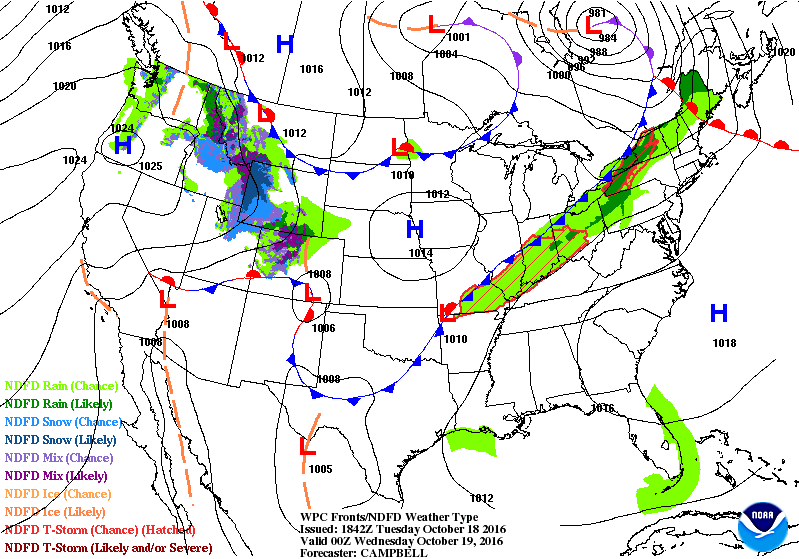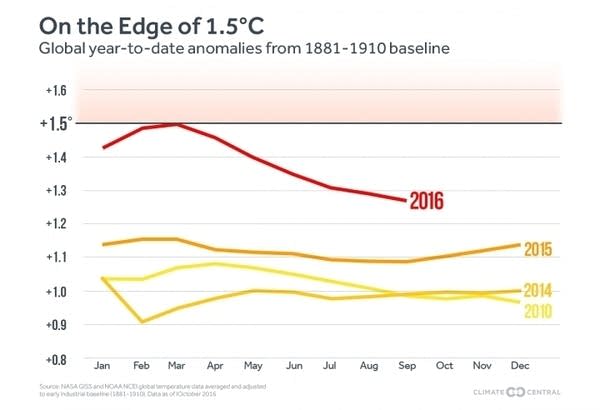Bright blue skies, farmers adapting to increased climate variability
Go Deeper.
Create an account or log in to save stories.
Like this?
Thanks for liking this story! We have added it to a list of your favorite stories.
It's amazing what a little sunshine and blue sky can do for the soul. Toss in an increasingly spectacular fall color palette and you've got a classic Minnesota fall day.

These are the October days that built Minnesota's fall weather legend. Try and find this precise combination of perfect weather, colorful landscape and warm people. Happy meteorologists mesmerized by beautiful colors in nature instead of on the Doppler screen. 'Quality of Life' at its finest.
Temperatures slip to more typical fall levels the next few days. Abundant sunshine and crisp mornings are the primary weather features the rest of this week. The weekend is looking better by the minute. The early long-range glance at Halloween looks not so scary with highs favoring the lower 50s.

Big Blue 'H'
Turn Up Your Support
MPR News helps you turn down the noise and build shared understanding. Turn up your support for this public resource and keep trusted journalism accessible to all.
If you only learn two things about weather maps, know the letters H and L. 70-percent of what you need to know about a forecast centers on these two letters.
L stands for Low pressure, which brings storms with rain or snow. H stands for High pressure, which brings generally sunny skies and fair weather.

Maybe we should make learning H and L part of the kindergarten curriculum right before milk, cookies and the afternoon nap. Do they still take naps in kindergarten?
Watch the big, cool blue H drift southeast from Canada the next 48 hours.

Dry week ahead
Meteograms are great for visualizing weather parameters over time. The latest GFS and Euro runs suggest mostly sunny, and dry skies over the next 7 days. Highs in the metro near 60 this weekend are about 5 degrees warmer than average. We trend cooler toward Halloween, but no major weather drama is in sight for now.
We're leading charmed weather lives.

Climate Cast News
NOAA: 2nd warmest September on record globally
The run of record or near record warm months continues globally. Today's NOAA release for September 2016 global temps comes in as the 2nd warmest September on record, a slight variance from NASA's data. The data ends an unprecedented 16-month streak of record warm months in the NOAA global data set.
2016 still carries a healthy lead in the 'next warmest year on record' title heading into the home stretch.

The last cooler than average month globally? February 1985. The number one song on the Billboard Top 40 chart that month was Careless Whisper. You do remember Wham! featuring George Michael, right? No one under 32 has lived through a cooler than average month globally, or probably remembers a George Michael top 40 hit.
Here's more from Climate Central on the September data.

On Tuesday, the National Oceanic and Atmospheric Administration (NOAA) released its global temperature data for September. It shows that the month was a scant 0.07°F (0.04°C) below September 2015’s record, making it the second-warmest September on record.
That ends a streak of 16 consecutive record-setting hot months in NOAA’s dataset, a record-setting streak itself. The run of planetary heat has rewritten the record books.
The run of record-setting months means 15 of the most abnormally warm months have occurred since March 2015. Accounting for ties, the only exception is January 2007 which came in tied for 11th. There has never been a run of hot months like this in the 1,641 months (or 136-plus years) of data at NOAA’s disposal.
March 2016 tops the list with a global temperature 2.21°F (1.23°C) above the 20th century average. Even though September 2016 is the second-warmest September on record, it’s still on the list clocking in at 11th with temperatures 1.6°F (0.89°C) above average.
Farmers adapting to extreme weather variability
Think our climate and weather patterns aren't changing? Ask a farmer who's growing crops in a new, more volatile climate system. This Yale Climate Connections piece about how one Iowa farmers is adapting to new extremes caught my ear.

Ron Rosmann has been an organic farmer in southwest Iowa for 33 years. He knows a thing or two about agriculture. And he knows climate change is not a distant threat. It’s a challenge he faces every day.
Rosmann: “With normal weather patterns: Yes, you have variability. But the variability usually was spread out more evenly.”
As the climate changes, the weather extremes of the past are becoming the new normal, including sudden frost in late spring, wild temperature fluctuations year-round, and hundred-year floods occurring every few years.
Rosmann: “The old patterns do not exist anymore, where you could kind of bank on July being hot and dry. The averages do not apply.”
To try to adapt, Rosmann has diversified. He plants oats, wheat, and barley so he won’t lose everything if one crop fails.
But being part of the solution – not just adapting – means reducing global-warming pollution, so Rosmann says farmers should take a hard look at their practices and take steps to improve. It’s something he believes the next generation understands.
Rosmann: “Young people seem to get and understand what’s going on with our environment better than the over-50 population. That’s where we have a lot of hope.”
'Flow batteries' making wind energy more efficient
Wind and solar power have taken off in the past decade. One challenge has been how to store that power for when it's needed. Advances in flow batteries could be the answer. Again, Yale Climate Connections.
Solar panels and wind turbines can generate a lot of power. But without a way to store the energy produced by these clean sources, their ability to provide most of our electricity is limited.
Imre Gyuk directs the energy storage program at the Department of Energy. He explains that electricity has traditionally been produced on demand.
Gyuk: “As the load changes throughout the day, the generation can be adjusted accordingly.”
But with renewable power sources, things get more complex. The sun cannot shine brighter just because everyone turns on their air conditioners.
So finding a way to store energy that we can use as needed is a priority. Gyuk believes a new type of flow battery is one promising method. Flow batteries can handle fluctuating amounts of energy better than traditional lithium ion batteries.
They’re currently more expensive, but flow batteries are getting cheaper to make, and people are starting to use them as a powerful and cost-effective storage solution. Several states have already incorporated flow batteries into local energy grids.
Gyuk: “Ultimately, using storage means that more renewable energy can be accommodated on the grid.”


